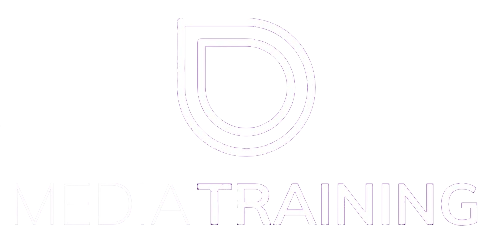
SEO Tips For Your Business
SEO, or Search Engine Optimization, is the process of improving a website's visibility and ranking in search engine results pages (SERPs) in order to increase organic (non-paid) traffic to the site. It involves optimizing various elements of a website, including its content, structure, and HTML code, as well as building quality backlinks from other websites. The goal of SEO is to make a website more relevant and authoritative in the eyes of search engines like Google, Bing, and Yahoo, so that it appears higher up in search results for relevant queries. By improving its SEO, a website can attract more visitors who are actively searching for products, services, or information related to its offerings, ultimately leading to increased visibility, traffic, and potential customers.
SEO is particularly important for local businesses because it helps them attract customers in their geographic area who are actively searching for products or services they offer.
Local SEO techniques help businesses appear in local search results when users search for relevant keywords or phrases related to their offerings. By optimizing their website and content for local search queries, businesses can increase their visibility to potential customers in their area and target specific geographic locations to ensure their website appears in front of users who are most likely to convert into customers. This targeted approach helps businesses attract high-quality traffic from local consumers who are actively seeking their products or services.
With the rise of online search and mobile usage, having a strong local SEO presence can give businesses a competitive edge over competitors who may not be optimizing for local search. By ranking higher in local search results, businesses can stand out from the competition and attract more customers to their storefront or website. Additionally, local SEO involves optimizing various aspects of a website, including its content, navigation, and mobile-friendliness, to provide a better user experience for visitors. By making it easier for users to find and navigate their website, businesses can increase engagement and conversions, ultimately driving more sales and revenue.
Technical SEO, content, and backlinks are three fundamental pillars of search engine optimization (SEO) that work together to improve a website's visibility and ranking in search engine results pages (SERPs).
Technical SEO: Technical SEO involves optimizing the technical aspects of a website to improve its search engine crawling, indexing, and overall performance. This includes optimizing website speed and load times, ensuring mobile-friendliness and responsiveness, optimizing URL structures, implementing proper site architecture and navigation, fixing broken links and redirects, and ensuring proper use of meta tags, headers, and schema markup. By addressing technical SEO issues, businesses can improve their website's accessibility and usability for both search engines and users, leading to better search engine rankings and user experience.
Content: Content is king in SEO, and high-quality, relevant content is essential for attracting and engaging users, as well as satisfying search engine algorithms. Content optimization involves creating valuable, informative, and engaging content that meets the needs and interests of target audiences while incorporating relevant keywords and topics related to the business's products or services. This includes optimizing on-page content such as website pages, blog posts, articles, and product descriptions, as well as off-page content such as social media posts, guest blogs, and press releases. By creating compelling content that provides value to users and aligns with search intent, businesses can attract more organic traffic, improve user engagement, and increase conversions.
Backlinks: Backlinks, also known as inbound links, are links from other websites that point to a business's website. Backlinks are a crucial ranking factor in SEO because they serve as votes of confidence and authority from other websites. Quality backlinks from reputable and relevant websites can improve a website's authority, credibility, and trustworthiness in the eyes of search engines, leading to higher search engine rankings. Backlink acquisition involves strategies such as creating valuable and shareable content, reaching out to industry influencers and bloggers for collaboration or guest blogging opportunities, participating in online communities and forums, and earning mentions and links from authoritative websites. By building a diverse and natural backlink profile, businesses can strengthen their website's authority and improve their SEO performance.



